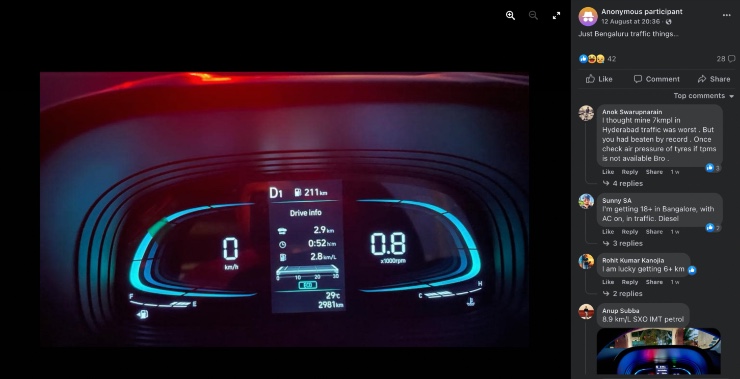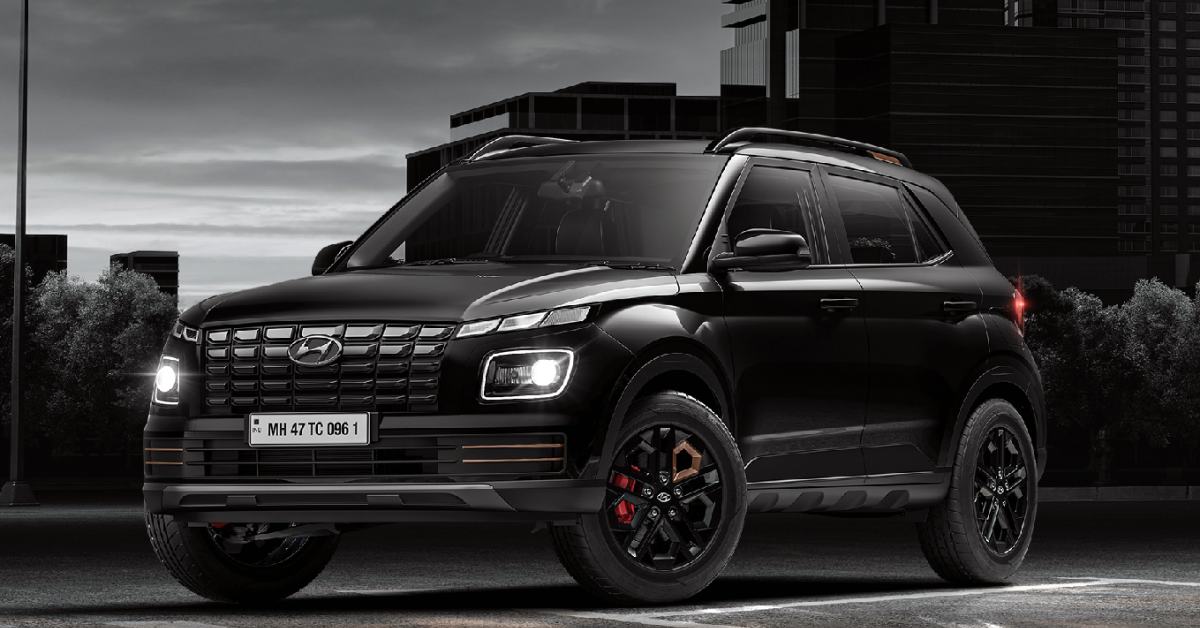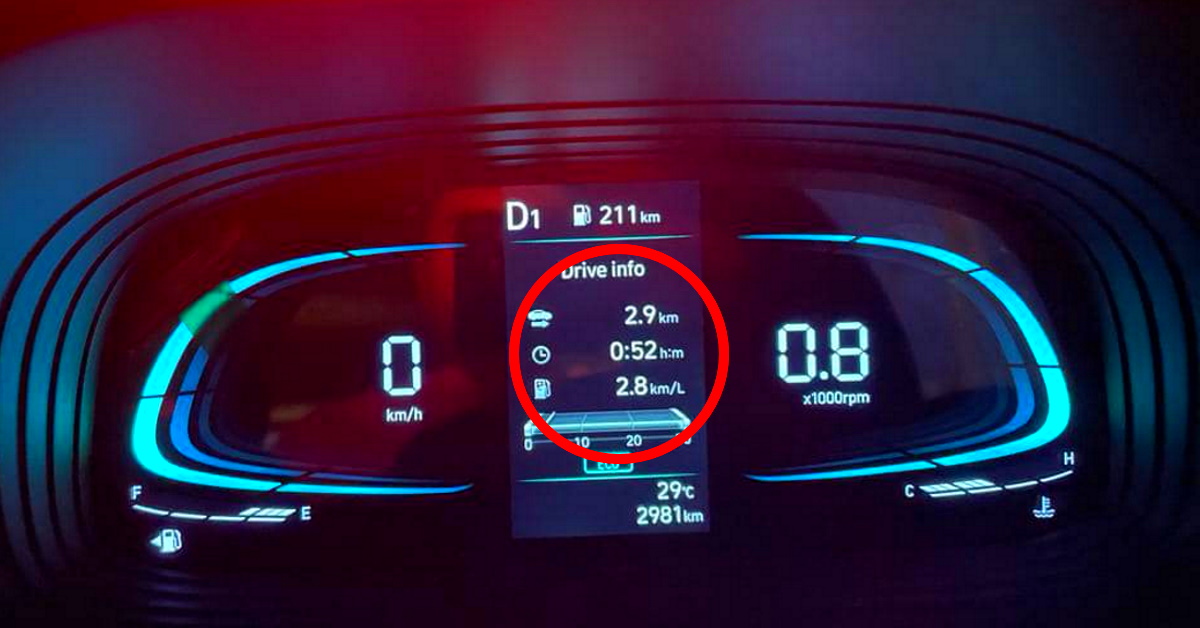Fuel efficiency ranks as a paramount consideration for car buyers in India. This prompts many to opt for fuel-efficient vehicles and diligently monitor their MID (Multi-Information Display) to gauge fuel consumption. Here, a viral image shared by a Hyundai Venue owner on the internet sheds light on Bengaluru’s traffic challenges.

What explains this low mileage?
While the city’s notorious traffic situations are well-known, this MID image provides insight into its sluggish pace. An anonymous car owner shared an image of his Hyundai Venue DCT variant’s MID, revealing a mere 2.9 km/l fuel efficiency. Above this figure, the MID indicates the car covered only 2.9 km in 52 minutes – an average speed of approximately 3.2 km/h. The MID is showing the current fuel efficiency – meaning it is showing the efficiency of the car at that moment. As the car is standstill, it is very low and it will increase once the car starts to move. The average fuel efficiency will be little higher but will remain on the lower side due to the slow moving traffic.
Such a slow pace renders any internal combustion engine (ICE) vehicle fuel inefficient. Beyond the crawl of traffic, the stop-and-go patterns also significantly diminish fuel efficiency. Additionally, it’s likely that the car’s climate control system is active, consuming considerable power and fuel. Most people underestimate the imapct of traffic conditions on the fuel efficiency of the car. It does not matter how fuel efficient the vehicle is, any kind of slow moving traffic or a jam will ensure a lower fuel efficiency.
Also read: 10 DC Design cars & how they look in the REAL world: Maruti Swift to Mahindra XUV500

The Hyundai Venue comes equipped with a 7-speed DCT dual-clutch transmission paired with its 1.0-litre turbocharged petrol engine option, and there is a substantial demand for this engine-transmission combination as well.
How does a car calculate average fuel efficiency?
Cars determine fuel efficiency by considering multiple parameters, such as average speed, accelerator input, fuel flow, and various other factors. However, it’s important to recognize that these figures aren’t always precise. A vehicle idling for an extended period can display misleading fuel efficiency readings. For accurate fuel consumption data, it’s advisable to rely on the tankful-to-tankful method.
Vehicles that spend prolonged periods idling in one location tend to exhibit distorted fuel efficiency readings. This holds true for all types of cars. In the comments section below, several individuals have shared disappointing fuel efficiency figures, all stemming from being trapped in traffic.
How to get maximum fuel efficiency from the vehicle?
The optimal method for maximizing fuel efficiency is to switch off the vehicle when it’s stationary. However, due to the high pollution levels and extreme weather conditions prevalent in the subcontinent, many people opt to maintain comfort by keeping the climate control system running, which requires the engine’s power.
Alternatively, you can consider opting for strong hybrid cars that utilize the energy stored in their batteries, or even fully electric cars, to make the most of slow-moving traffic situations. It’s essential to bear in mind that these technologically advanced vehicles generally come with a higher price tag compared to regular internal combustion engine (ICE) cars. The price difference could instead cover fuel expenses.
Also read: Upcoming 2022 Maruti Suzuki Vitara Brezza rendered










